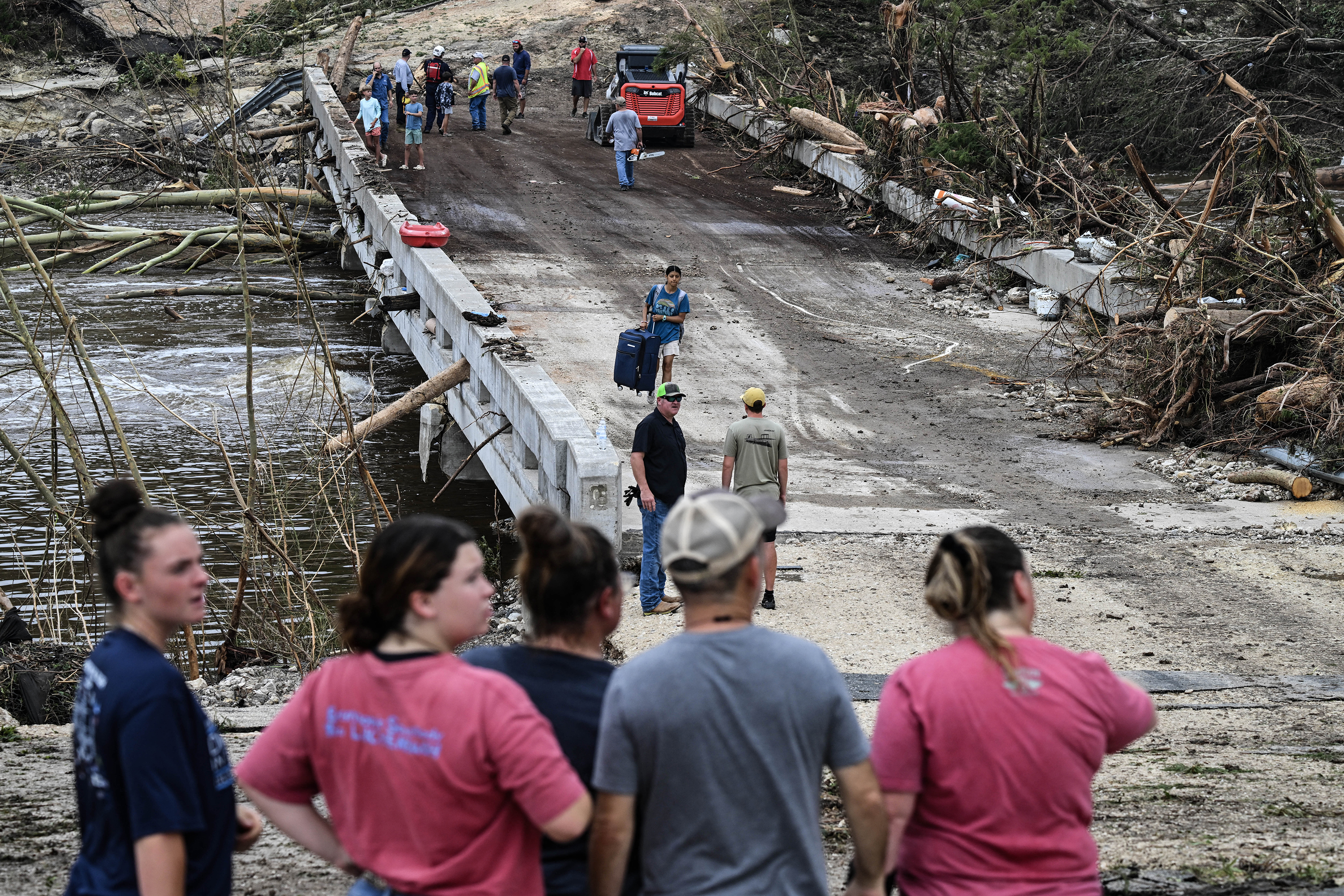ETexas doctors recall Kennedy’s last hours
Published 12:44 am Sunday, November 17, 2013
EDITOR’S NOTE: This story originally appeared in the Nov. 22, 2012, edition of the Tyler Morning Telegraph.
Most Americans can place where they were just after lunch 49 years ago today, when they heard the tragic news that President John F. Kennedy was fatally shot in Dallas.
Doctors who were working said the admittance of the president and Gov. John Connally into Parkland Hospital in Dallas turned the emergency room area into a madhouse, and Secret Service agents effectively shut down emergency operations.
Retired OBGYN doctor Peter Wiles, of Lindale, said he was a third-year resident at the time working a shift in taking care of internal medicine patients who came through the emergency room.
Wiles said the emergency room had a downstairs with an assortment of rooms designated for certain patients, including labor and delivery, emergency dentistry, pediatrics and trauma. Once they were stabilized, patients were moved upstairs to surgery rooms.
As part of the protocol, the hospital reserved one of its trauma rooms specifically for the president, so the room wasn’t used all day, Wiles said. Knowing that, many of the top-level surgeons and instructors took the day off.
“They thought it was going to be a light day, but nothing was ever boring at Southwestern (Medical Sch ool, which is co n nected to the hospital) or Par kland,” he said.
Retired ear, nose and throat doctor John Hudnall, of Ty ler, said in a lecture last mo nth in Tyler th at anytime the pr esident was go ing to be in town, a hospital would be designated for emergencies. Before the president’s appearance in the city, a hotline to Washington was in s talled for co mmunic ation as a precaution.
At the time, Hudnall was working as a resident and said he remembers a phone call that he initially thought was a prank, before the so und of sirens and Secret Ser vice agents following the president into the emergency room.
Hudnall said his friend Dr. Jim Carrico, a resident, was in charge of the ER that day, and though there was no saving the president, he carefully performed a tracheotomy and began administering medicines in hopes of stabilizing him.
Doctors took Connally upstairs and were able to save him from his chest wound that was slowly collapsing his lungs, Hudnall said.
Wiles said Carrico was a top-notch, great surgeon who was at the top of his class and had treated patients for a few months. He said Carrico had just finished a year rotation where he performed surgery on small animals, to perfect working on small and sensitive tissues.
Both doctors said Carrico did everything he knew to prolong the president’s life.
Wiles said Parkland had Protestant and Jewish chaplains but did not have a Catholic one in the hospital, and while doctors worked to help Kennedy breathe, the chaplains started calling to get someone to read him his last rites.
“The chaplains knew some priests, and they were calling people,” he said.
And while doctors worked in the trauma room, the doctors trying to peer in and security personnel essentially cut off operations of the largest ER in Dallas.
Wiles said several patients were in labor in the hospital’s parking lot but couldn’t get into the emergency room, and doctors were outside working to get them admitted to the upper floors of the hospital.
Retired pediatrician Dr. Bill Starling, of Tyler, said he was in the pediatric portion of the ER when Kennedy came in, but quickly got out of the way.
“When that accident occurred they came in and scurried everyone out of our area and draped the windows, and then put men with sub-machine guns on the roof and locked everything down so we couldn’t leave and no one could come in,” Starling said.
Starling said he went on and took care of other patients in the hospital. He said there was speculation that a bomb could be on the way or another shooter to come and finish the job.
“You were glad not to have to go outside because you were afraid you’d get shot at,” he said. “I was glad to hide somewhere in the hospital.”
The night after the assassination, Sterling said he was mistaken for a terrorist.
At 2 a.m. Sterling was paged to help with a C-section delivery. He grabbed his otoscope, a light used by doctors to check ears and throats, and went to the floor of the delivery, which happened to be the same floor where Connally was in ICU.
He said the Texas Rangers mistook his otoscope for a pistol as he exited the elevator.
“I got thrown up against the wall and taken to administration,” he said. “I never made it to the C-section. I had to call and get someone else to do that. They thought it was a conspiracy that someone was there to not only get Kennedy and Connally, but maybe others. … I had to go down and show them all my identification and tell them I wasn’t a terrorist.”
Photo Caption: Physicians served at hospital that treated president






